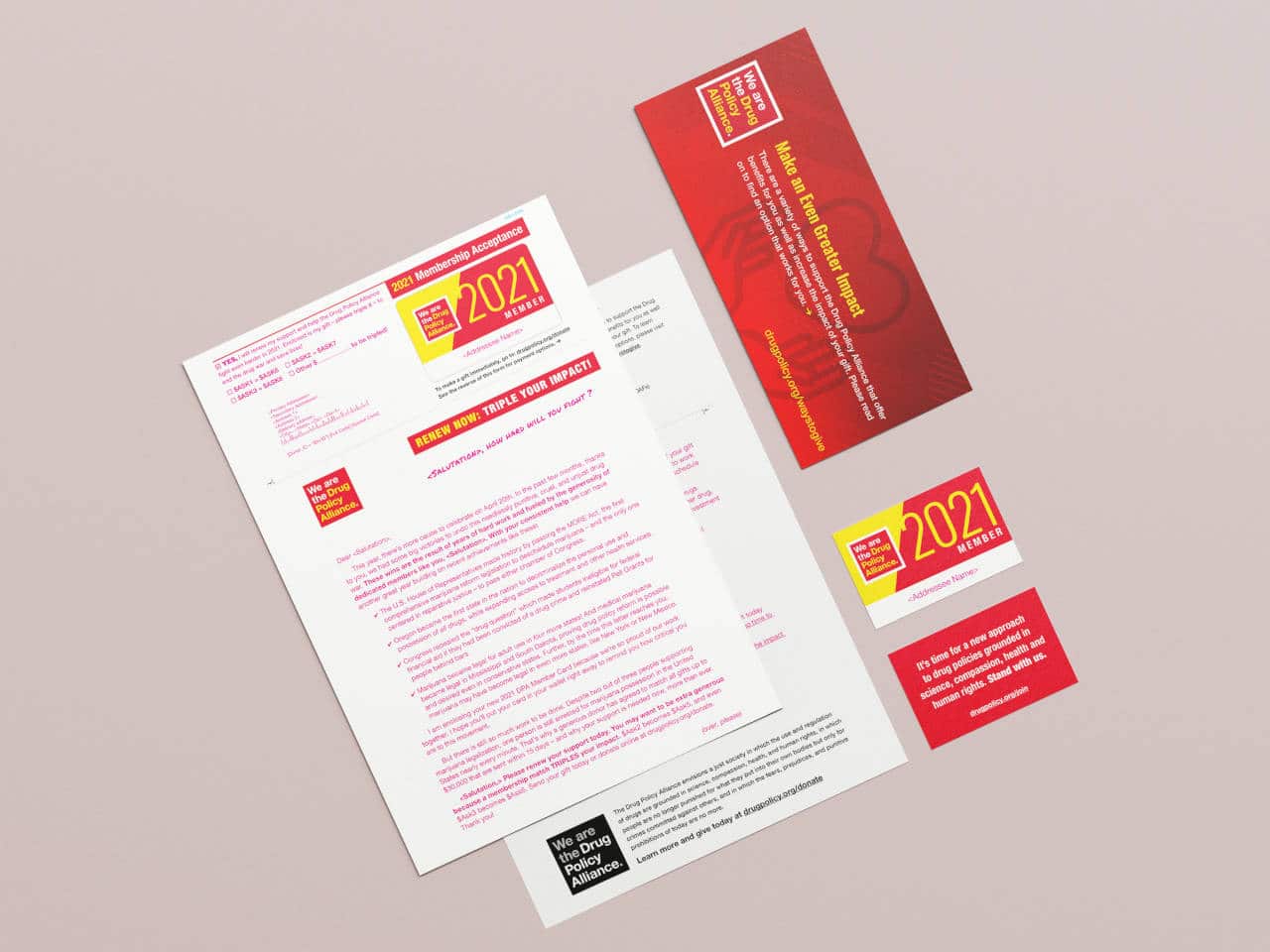What is direct mail strategy?
Direct Mail Strategy is the starting point for any direct mail fundraising campaign.
While there are undeniable best practices in fundraising—channel integration, consistent branding and communication, powerful calls to action, leveraging giving days, thanking and relationship building (to name a few)—a successful organization will leverage their strengths, be aware of their weaknesses, and use these to inform a strategy to maximize their fundraising potential.

For organizations that have mailed in the past, we begin with an audit and the crux of any fundraising strategy lies in the data. A data audit reveals:
- Where your donors fall in terms of:
- Recency of giving
- Frequency of giving
- Gift range
- As well as how your organization fares:
- Versus industry benchmarks
- As it relates to performance by channel
- In terms of donor loyalty
Depending upon the quantity and quality of data, we will unearth as much information as possible, tell you which information is critical to leverage to improve your program and how we can act on it.
Timing is crucial when developing a direct mail strategy
When developing your strategy for the year, we must also take into account timing. Timing is a non-profit’s most important direct mail priority—and often it’s biggest challenge.
Why does timing matter?
- Seasonality—there are benchmark times of the year where overall giving is strongest, especially from #GivingTuesday (the Tuesday following Thanksgiving) through December 31st.
- Holidays—religious organizations must target mailings to coincide with relevant holidays.
- Giving Days—universities and schools who launch giving days and organizations strongly affiliated with national days such as Earth Day or MLK day, must time their mailing to fall just before and certainly not after these days.
- Emergencies—while most emergency fundraising now happens online, direct mail will boost your organization’s revenues and relevance. When emergency strikes, mailings need to drop within one week.
- Elections and other external events—national or local efforts such as elections vie for donor dollars. Direct mail scheduling must anticipate distractions or competition to optimize your chances of grabbing your recipient’s attention.
- Vacations—high travel holidays such as Memorial Day, Labor Day, 4th of July should be avoided. You want your mail to land in people’s mailboxes when they are at home.
What is inside a direct mail strategy document?
We’ve completed a data audit, a creative audit, an audit of the competition and relevant industry benchmarks, due diligence on your organization’s capacity and goals. Now we make a plan.
The plan seeks to build on strengths, harness opportunities, mitigate weaknesses and manage threats.
The goal may be to invest heavily for revenue maximization. It may be to stabilize your base. It may be to diversify your base. It depends upon the findings of the SWOT analysis, the capacity of your organization, and the goals of your fundraising department.
Our plans include:
- Recommended messaging and/or message testing
- Recommended offers and/or offer testing
- Giving level initiatives (e.g., annual fund, mid-level, major)
- Planned giving optimization
- Donor engagement opportunities
- Frequency and channel of solicitations
- Segmentation and list recommendations
- Integration plan across channel and, if applicable, with your communications department
- A budget
- A calendar
Strategy is why non-profits should work with an agency. This is the expertise we offer. You know your mission. We know how to raise funds.
